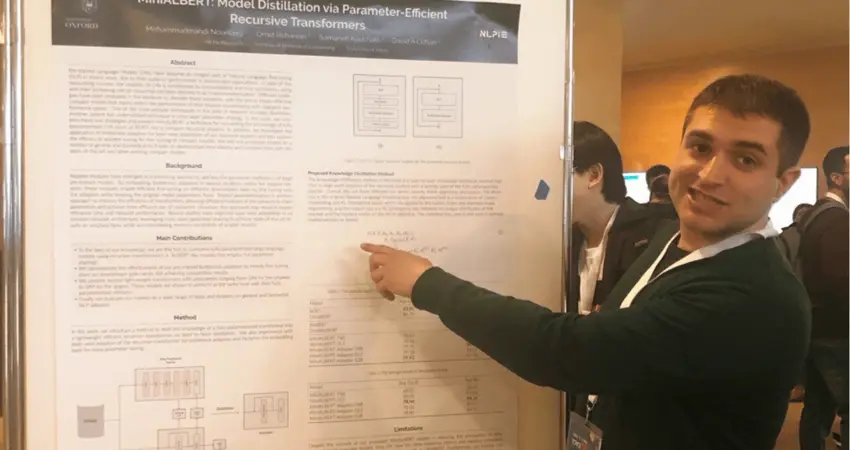07 Apr 2025
Oxford AI tool celebrates one year of impact with pandemic PACT
PPACE helps researchers and policymakers track funding, trends, and gaps in global health efforts

A new AI model developed at the University of Oxford is helping global health researchers make sense of thousands of biomedical research projects related to pandemics and outbreak-prone diseases. Known as PPACE - the Pandemic PACT Advanced Categorisation Engine - the tool was created by Oxford’s Computational Health Informatics (CHI) Lab led by Professor David Clifton, in partnership with the Pandemic PACT Programme.
As Pandemic PACT celebrates its first anniversary, the team has released Pandemic PACT: Year One in Review, which highlights how PPACE supports the systematic classification of research grants to ensure funding aligns with global public health priorities.
During a health emergency, timely insight into ongoing research is critical. To support this, the CHI Lab at Oxford developed PPACE — a machine learning model that classifies biomedical research projects according to a WHO-aligned framework, covering areas such as vaccine development, clinical research, and public health policy.
Dr Omid Rohanian, lead developer of the tool said: ‘PPACE was developed to automate the time-consuming process of categorising research projects. Our goal is to give funders, researchers, and policymakers a clearer view of how global research is evolving — and where the gaps are.’
PPACE was built using a novel two-stage training approach. First, a large language model was used to generate detailed “rationales” explaining why each project in a human-annotated dataset was assigned a particular category. These rationales were then used to fine-tune a smaller, more efficient model, resulting in an AI tool that not only performs accurate classifications but also explains its reasoning in plain language.

PPACE now plays a key role in the Pandemic PACT programme, where it enables scalable, interpretable analysis of research funding data related to outbreak-prone diseases. The model and its underlying dataset are openly available to the global research community to support ongoing efforts in pandemic preparedness and coordination.
PPACE supports the Pandemic PACT in more than one way. It saves time - Instead of double manual reading and tagging thousands of research abstracts, PPACE can do the first review in a short time - helping the researchers track trends in near real-time. It improves coordination by showing where efforts are concentrated (and where gaps exist). This helps research funders avoid duplication and make smarter decisions. It’s also transparent and explainable. Unlike many black-box AI systems, PPACE explains why it assigns a project to a particular research category, making it easier to trust and review.
As the Pandemic PACT programme continues to grow, PPACE will evolve to meet new analytical demands. The next phase of development focuses on two key areas: Expanding pathogen coverage - The model will be fine-tuned on newer data that covers a wider range of pathogens, making it more responsive to emerging threats. And Intelligent Filtering - A scope-identification module is in development. This component will act as a pre-filter, automatically screening out irrelevant projects before they’re sent to PPACE, improving accuracy and efficiency.
Learn More About PPACE and Pandemic PACT:
Read the PPACE technical paper
Watch the Pandemic PACT Introductory Video




